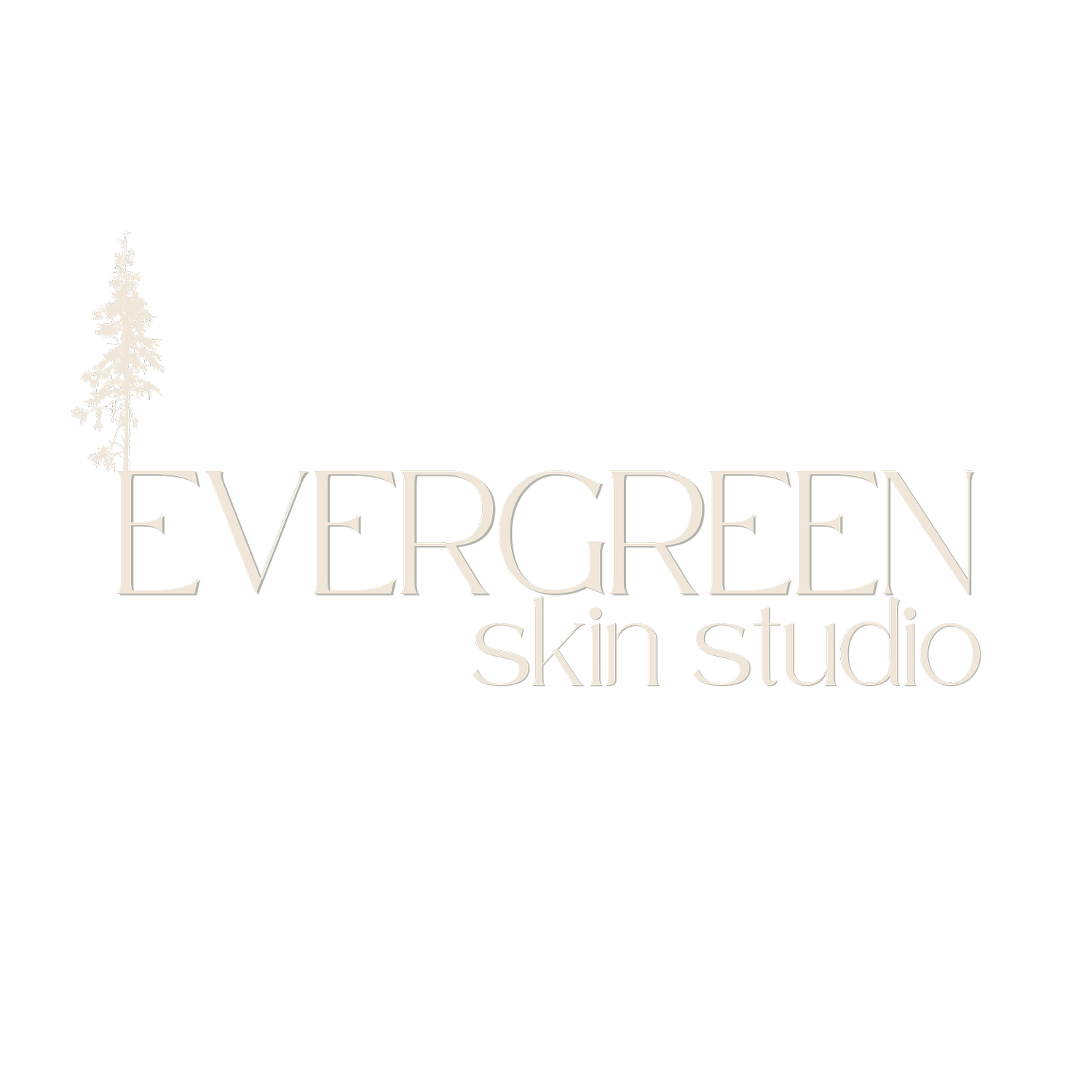My Top 5 Food Hacks For Healthy Skin
Eating for healthy skin can really be easy. It’s not this huge project that you have to turn your life upside down to achieve. You don’t need an extensive shopping list, you don’t need to count calories or grams of anything! In fact, you might already be eating healthier than you think. Here’s my top five tips to make it even easier…
Carbs aren’t the villain in this story
It’s the type of carbs that really matter. Choose slow carbs and make these the basis of your meals and stacks. Skip the “white” carbs like sugar and white bread which spike your insulin levels leading to inflammation. Instead focus on the good-guy carbohydrates that provide nutrients and slow-release energy. Look for whole grains, beans and fresh veggies and fruits.You can also make some healthy swaps like quinoa or brown rice instead of white rice, sweet potatoes instead of white potatoes. If you’re craving sweets try sweet veggies like carrots or red bell peppers.
Fiber is key
Fiber is one of the most overlooked things when it comes to healthy skin. Fiber keeps your digestive tract healthy and feeds the good bacteria in your gut. All this rids your body of toxins and helps protect you from breakouts and can greatly reduce inflammation. When you’re getting adequate fiber, you won’t be craving sugar and junk food as much either. Bonus! Fiber-rich foods to add to your routine: whole grains, beans, lentils, fruit and vegetables.
Healthy protein
This is the basic building material for your cells so it helps your body form and maintain the skin (as well as muscles, bones, hair and nails!) Healthy protein will also slow down the digestion of carbohydrates leading to a gradual release of energy and nutrients. Look for nuts, seeds, beans, lentils, lean meat or fish.
Remember your minerals
Minerals are involved in the protective properties of your skin. They’ve been shown to be essential in fighting damage from sun exposure and maintaining moisture in the skin. Basically minerals help your body transform food into the energy it needs to function. So they are super important. Grains, nuts, seeds, eggs and cruciferous veggies (broccoli, cauliflower, cabbage and watercress) are rich sources of essential minerals.
Plate real estate
If you’re a visual person like me, this is by far the easiest hack for healthy meals. Picture a dinner plate. Half of that plate should be filled with vegetables or salad. A quarter of the plate should be whole grains like brown rice, quinoa or wheat-free pasta. The last quarter should be healthy protein like a piece of oily fish, eggs, hummus, legumes (chickpeas, lentils or beans) or a portion of lean meat.
If any of this sounds overwhelming then just pick one tip and start with that! If you need help integrating healthy nutrition into your daily routine, hit me up for a consultation!

